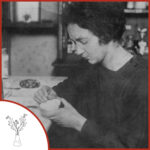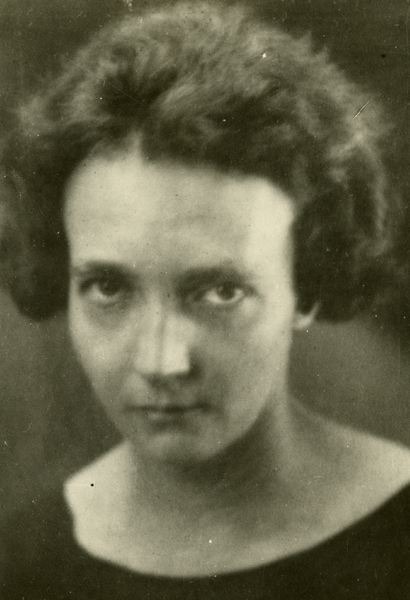

Birth: September 12, 1897
Death: March 17, 1956
Specialty: Chemistry
Major Contributions:
Developed first artificially produced radioactive element
Director of the Radium Institute
Awarded a Nobel Prize in Chemistry
As one of the daughters of Marie and Pierre Curie, Irene Joliot-Curie was raised in the spotlight of the groundbreaking work of her parents, but still managed to make breakthroughs of her own, earning a Nobel Prize in Chemistry in 1935.
With an aptitude in mathematics and science that was evident at an early age, she was educated in a private collaboration between some of the greatest minds of Paris at the time. She began her undergraduate studies at the Faculty of Science at the Sorbonne, but World War I interrupted her education. Upon turning eighteen she joined her mother’s efforts in field hospitals working with crude x-ray machines. These early radiographs helped doctors determine the locations of shrapnel in wounds allowing for more precise treatment and better outcomes for the wounded. Unfortunately, these early machines were not well shielded and exposed both mother and daughter to large amounts of radiation.
Irene returned to her studies after the war, this time at her parents’ Radium Institute, earning her doctorate in 1925. The next year she married fellow scientist Frederic Joliot with whom she collaborated for much of her work. Their experiments identified both the positron and the neutron, but their incorrect interpretations of the results allowed others to claim these discoveries.
It was their work in 1934, in which they were able to create artificial radioactive elements that led to the awarding of the Nobel Prize to the pair the next year. By showing that radioactive isotopes could be created instead of having to separate them from naturally occurring ores they changed the face of radiochemistry.
A combination of health problems and the events of World War II led her to escape to Switzerland as she felt Paris was too dangerous for her children. Eventually returning to Paris, Irene was appointed the director of the Radium Institute in 1946. As the Commissioner for Atomic Energy she took part in the creation of the first French atomic pile two years later.
Her work with radium nuclei paved the way for other physicists to be able to discover nuclear fission. She passed away in 1956 from leukemia, thought to have been a result of her work.
Written by Angela Goad
Sources:
Irene Joliot-Curie Biographical (NobelPrize.Org)
Atomic Heritage Foundation: Irene Joliot-Curie
See Also:
Encyclopedia Britannica: Frederic and Irene Joliot-Curie
Take Our Daughters and Sons to Work Foundation
